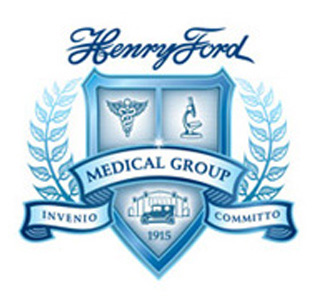
TORS procedures have apparently been put to use for extracting malignant and benign tumors of the mouth, tongue, tonsils and parts of the throat. Previously patients were seemingly recommended to undergo radiation therapy, or a combination of chemotherapy and radiation therapy, depending on the stage of their cancer. Various side effects of radiation therapy namely dry mouth, loss of taste and difficulty swallowing are presumed to be successfully avoided with TORS.
“TORS offers shorter post-operative recovery than standard open surgical approaches, giving patients the opportunity to quickly and successfully return to their normal lives. TORS allows surgeons to completely remove tumors of the head and neck while preserving speech, swallowing, and other key quality of life issues such as eating. There also is no visible scaring or disfigurement,” mentioned Tamer A. Ghanem, M.D., Ph.D., director of Head and Neck Oncology and Reconstructive Surgery Division in the Department of Otolaryngology-Head and Neck Surgery at Henry Ford Hospital.
In traditional surgery, a long incision across the lip and jaw to access the tumor may be necessary. The outcome can probably be swelling, longer post-operative recovery, damage to surrounding structures, and speech and swallowing problems. On the other hand, in TORS procedures, tumors are supposedly attained through the mouth with the help of slender operating arms of the da Vinci. So this procedure does not require an open skin incision.
Dr. Ghanem commented, “Surgeons operate with greater precision and control using the TORS approach minimizing the pain, and reducing the risk of possible nerve and tissue damage associated with large incisions.”
Using TORS’s may not only cause less blood loss and no visible scarring, but also prevents a tracheotomy. These procedures seemingly minimize or eliminate the need for chemoradiation therapy. Patients undergoing TORS supposedly enjoy lesser complications and shorter hospital stay. TORS procedures can possibly bring about quick recovery, return to normal speech and swallowing. Furthermore, experts believe that its cancer control is equal to that of radiation therapy.
It was suggested that patients diagnosed with early stage tonsil and base of tongue cancers do not require radiation therapy followed by TORS. The necessity of the therapy apparently depends on the final tumor margins and pathological characteristics of the tumor. It can therefore be concluded that TORS procedures are significantly beneficial for patients with head and neck cancer.
